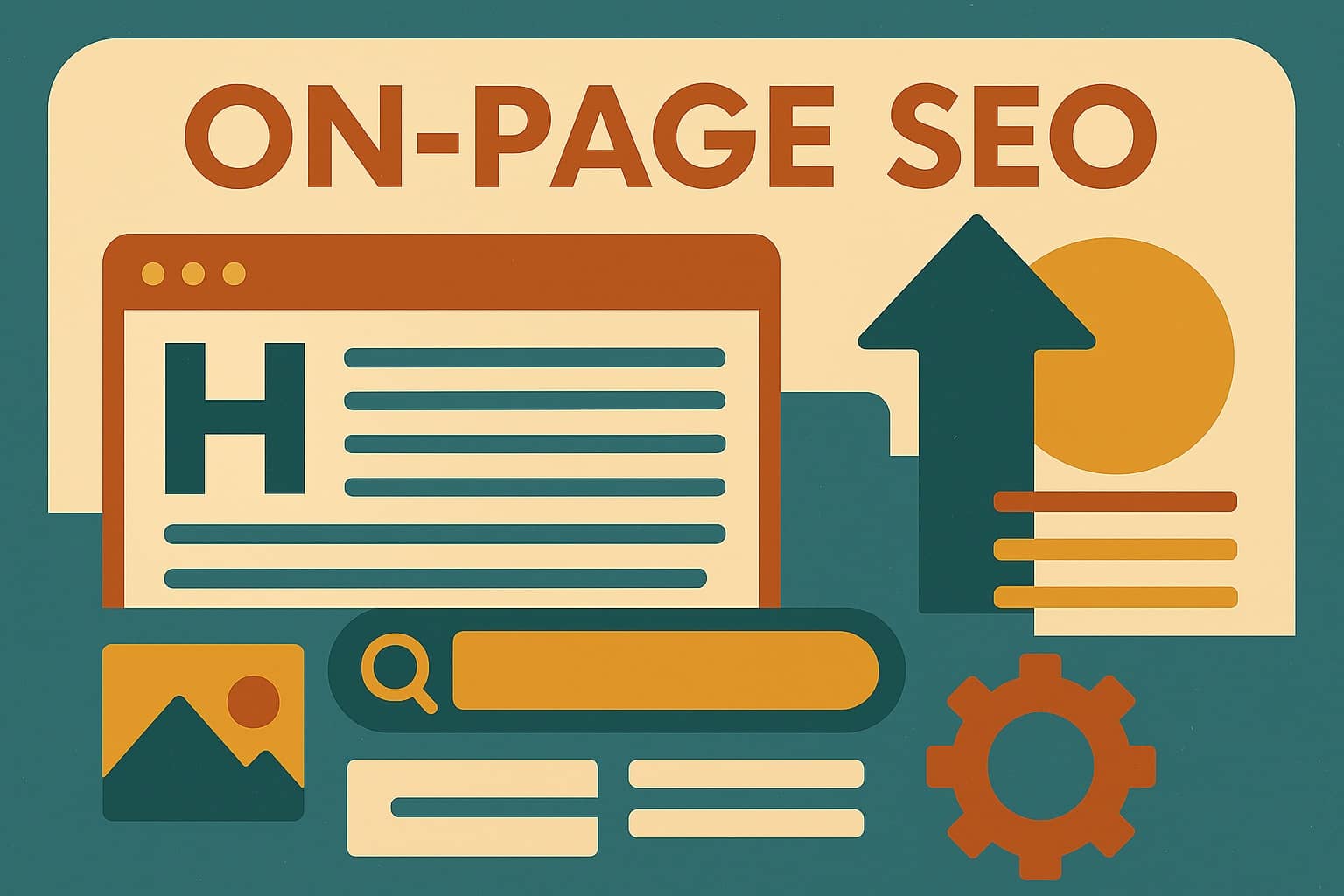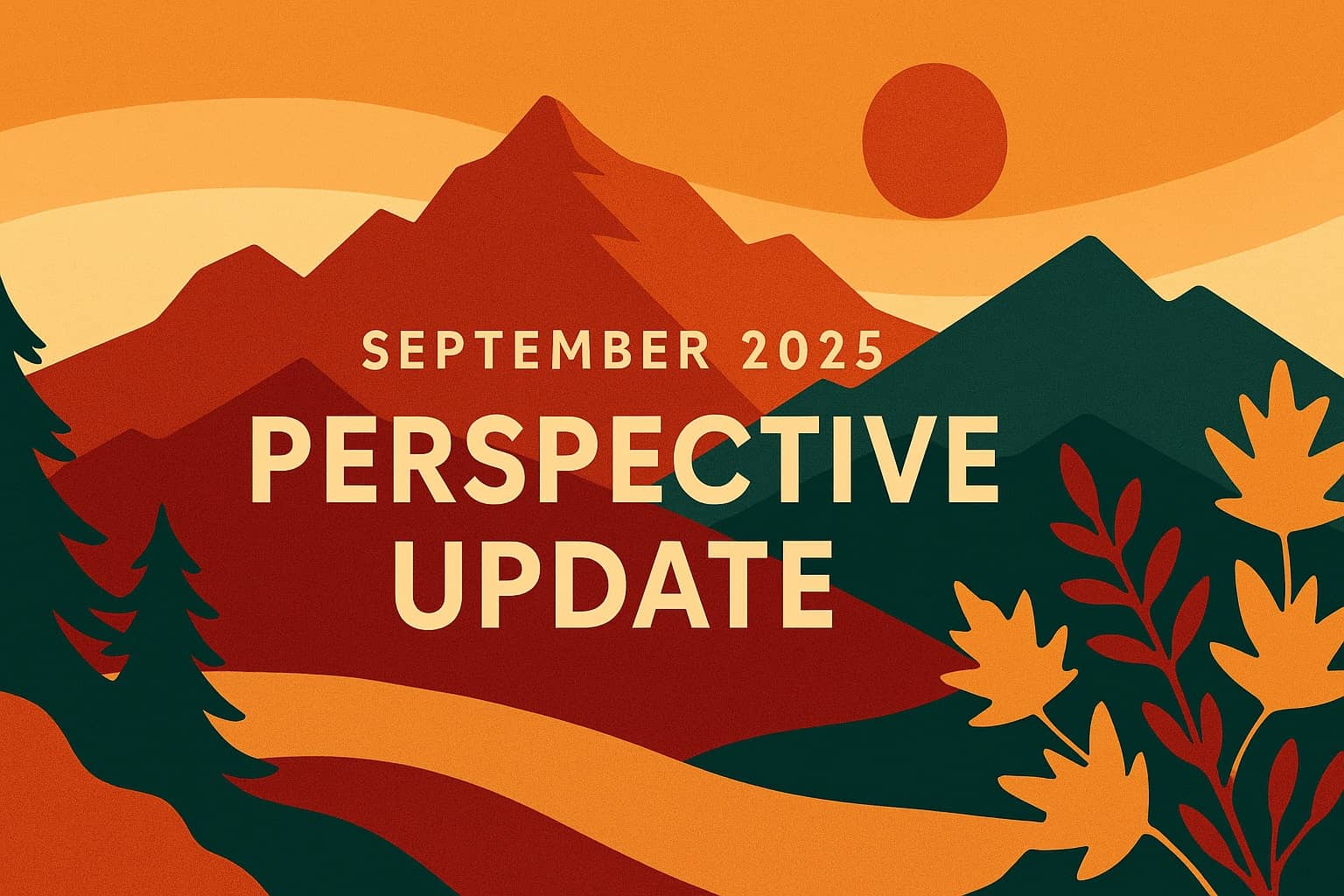At COSEOCO, we know that building a strong online presence isn’t unlike setting down roots in Colorado soil—you need structure, strategy, and something worth showing off. On-page SEO is the starting line for that journey. It’s the work done directly on your site to ensure search engines (and real folks) understand what you’re about, helping you climb the rankings and connect with your audience.
Before diving into what makes on-page SEO tick, let’s distinguish it from its companions:
This guide will help you master the essentials of on-page SEO—and avoid common blunders that send your rankings tumbling like a poorly packed backpack on a Fourteener.
What Is On-Page SEO?
On-page SEO refers to the practice of optimizing the individual pages of your website to improve visibility in search engines. Every tweak you make—from rewriting headlines to compressing images—is part of your on-page toolkit.
Common On-Page Elements
| Element | Purpose |
|---|---|
| Title Tags | Tell search engines and users what the page is about |
| Meta Descriptions | Provide a short summary for SERPs |
| Headings (H1-H6) | Structure content and highlight importance |
| Content | Deliver useful, relevant information |
| Internal Links | Connect pages and distribute authority |
| Image Attributes | Help with accessibility and speed |
By contrast, off-page SEO focuses on your reputation: backlinks from other sites, social shares, and other outside influences that tell Google you’re worth noticing.

Onpage SEO
On-page SEO Framework
Why On-Page SEO Is Crucial
Search engines are like tourists in Estes Park—curious but selective. If your site doesn’t clearly signal relevance and value, they’ll move on. Here’s why on-page SEO matters:
Core Elements of On-Page SEO
Dialing in your on-page SEO means mastering the following areas:
Common On-Page SEO Mistakes
- Keyword Stuffing: Overusing keywords makes content unreadable.
- Duplicate Content: Unique content keeps your site from being filtered out.
- Missing Meta Tags: Meta titles and descriptions are key for CTR.
- Poor Mobile Experience: Mobile-first indexing means you can’t ignore usability.
- Broken Internal Links: These hurt crawlability and frustrate users.
Core Elements of On-Page SEO
Recommended Tools
- Google Search Console: Indexing issues, keyword performance
- Screaming Frog: Crawl data, missing tags, broken links
- Semrush: Page insights, keyword gaps, performance metrics
Manual Checks
- Review your top pages for outdated content
- Ensure headings are structured properly
- Test usability and readability across devices
Prioritize Fixes
| Fix Type | Impact Level |
|---|---|
| Broken Links | High |
| Missing Titles | High |
| Image Compression | Medium |
| Keyword Optimization | Medium |
| URL Improvements | Low |
Conclusion
On-page SEO remains the foundation of search visibility—especially in a competitive, locally-driven market like Colorado. Whether you’re reaching trail guides in Durango or architects in Castle Rock, optimizing your content and structure helps search engines recognize your value.
Need help getting your site in peak condition? Download COSEOCO’s on-page SEO checklist or reach out to schedule a custom audit. We know the terrain—and we’ll help you climb.
On-Page SEO Definitions – Terms to Know
Title Tag
The digital headline hikers see first. It’s the clickable link in search results that tells both users and search engines what your page is about. Think of it as the summit marker—concise, compelling, and keyword-rich.
Meta Description
Your trail preview. A brief snippet below the title tag that summarizes your content. While not a direct ranking factor, it influences click-through rates. A strong meta description offers searchers a reason to start the climb.
Header Tags (H1-H6)
Visibility for every viewpoint. Descriptive text assigned to images, especially useful for screen readers and search engine crawlers. It improves accessibility, contextual relevance, and contributes to image search rankings.
Image Alt Text
A prompt that encourages users to take a specific action—like “Schedule a Consultation” or “Download the Guide.” Every piece of content should include a clear CTA to guide engagement.
Internal Linking
The network of trails across your site. Links that connect different pages within your website. They distribute authority, enhance navigation, and encourage deeper exploration—like moving from one scenic overlook to another.




